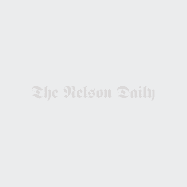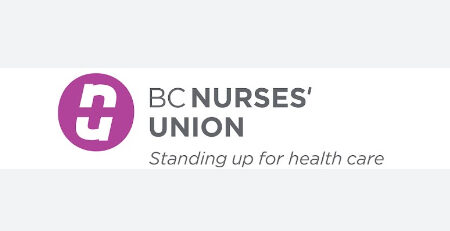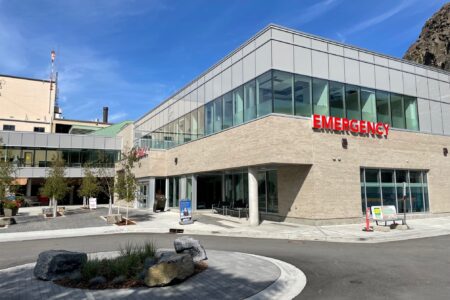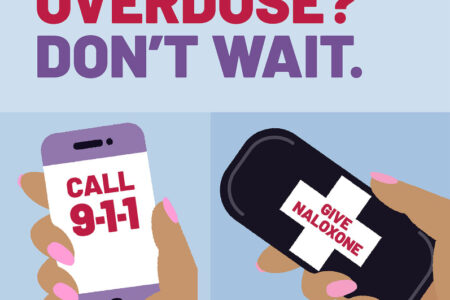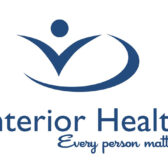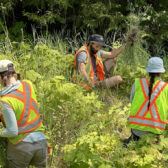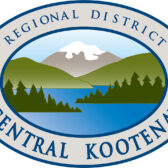Infrastructure equipment replacement planned for KLH as health board approves new projects
Several upgrades are planned for health services in Nelson after the region’s health board approved its laundry list of projects to fund in the coming year.
The West Kootenay Boundary Regional District Health board approved to spend over $1 million between Kootenay Lake Hospital and Kootenay Boundary Regional Hospital on the replacement of medication stations — part of an Interior Health Authority (IHA)-wide infrastructure equipment replacement.
The stations are automated dispensing cabinets, computerized medication cabinets that make use of secure storage pockets and software to control and track the access to and dispensing of medications to patients in a timely manner.
Basic functionality of the new units is the same as the Pyxis 3500 units that are being replaced as the vendor will no longer support the old units since it is based on Windows XP, which is no longer supported by Microsoft, said an IHA official.
“The improvements are generally to the software that tracks and reports on medication dispensing, along with some reliability issues,” he said.
In general, these cabinets allow for real-time tracking of medications, reduce the risk of medication error and better track medication use and reduce loss of inventory.
There will be four stations replaced at Kootenay Lake Hospital, at a total cost of $407,200 for equipment, software licenses and required renovations.
Automated dispensing cabinets (ADC) for medications were first introduced in IHA in 2006. This technology brought improvements in patient safety and workflow that have been well supported by both nursing and pharmacy staff.
In August 2014 IHA was informed that the current platform was approaching end of life and would no longer be supported by the vendor. After extensive consultation with stakeholders IHA decided to replace the units.
The units work when a physician writes and scans a medication order for a patient to the pharmacy for review by a pharmacist. When the pharmacist verifies the order, pharmacy staff load the pockets with medications.
At the scheduled medication times, the nurse caring for a patient would go to the ADC, use a fingerprint or user name and password to log in and pull up the patient’s profile. The ADC shows the medications approved for the patient and the nurse selects the medications they require.
The cabinet then unlocks the pockets where the medications are stored and the nurse withdraws the medication to administer to the patient. The ADC logs the access by the user and the medications withdrawn for the patient and adjusts the current inventory to reflect the withdrawal.
In all, $6.3 million in projects across the West Kootenay Boundary health district were approved, with $2.6 million coming from the regional health district through taxation.
The chief administrative officer of the Regional District of Central Kootenay and the secretary of the WKBRHD, Stuart Horn, said there are capital project requests from the Interior Health Authority (IHA) each year based on their prioritization and ability to fund their portion.
The request for funding from IHA was presented at the January 2016 board meeting.
Unified communications for Nelson
Three other projects are planned for Nelson, including wireless infrastructure expansion at Jubilee Manor ($35,000), unified communications (telephone infrastructure) at the Gordon Road Wellness Centre for $45,000, as well as at Nelson Jubilee Manor ($35,000).
The ability to connect devices wirelessly to the IHA data network presents many opportunities for staff, physicians and patients to access information when and where it is needed, noted an IHA official.
“Wireless networks are also required to operate complex integrated systems, such as staff-to-staff communication systems and specialized medical equipment linked to a centralized system via a wireless network,” he said.
IH is transitioning to a centralized network based telephone architecture called “unified communications” which will improve system administration and increase user features while reducing the amount of infrastructure required at each site.
The project is expected to add new network components, licenses, and telephone sets replacing aged systems currently in use at the Gordon Road Wellness Centre, Nelson Jubilee Manor and other sites.
New “beds” for West Kootenay-Boundary
People with mental health and substance use issues will be getting some support in the West Kootenay-Boundary.
Sixteen new spaces are coming to the Kootenay-Boundary region to help shift mental health and substance use clients away from emergency rooms.
At this point in time IHA officials do not know which specific communities the beds — including eight medium term support recovery beds and eight beds for adults going through acute withdrawal — will be located in. Specific community locations of the beds will be determined following review of the proposals received by IH through a request for proposal process.
In all there are 57 news beds to be put in across the Interior Health region.
IHA is targeting communities where clinical supports are available to further support the needs of the patients involved. This would include enhanced out-patient treatment programs.
The rough target date to have the 57 substance use treatment beds operational is fall 2016.

